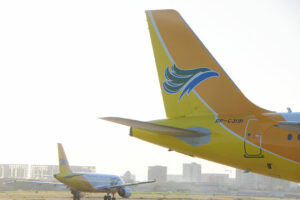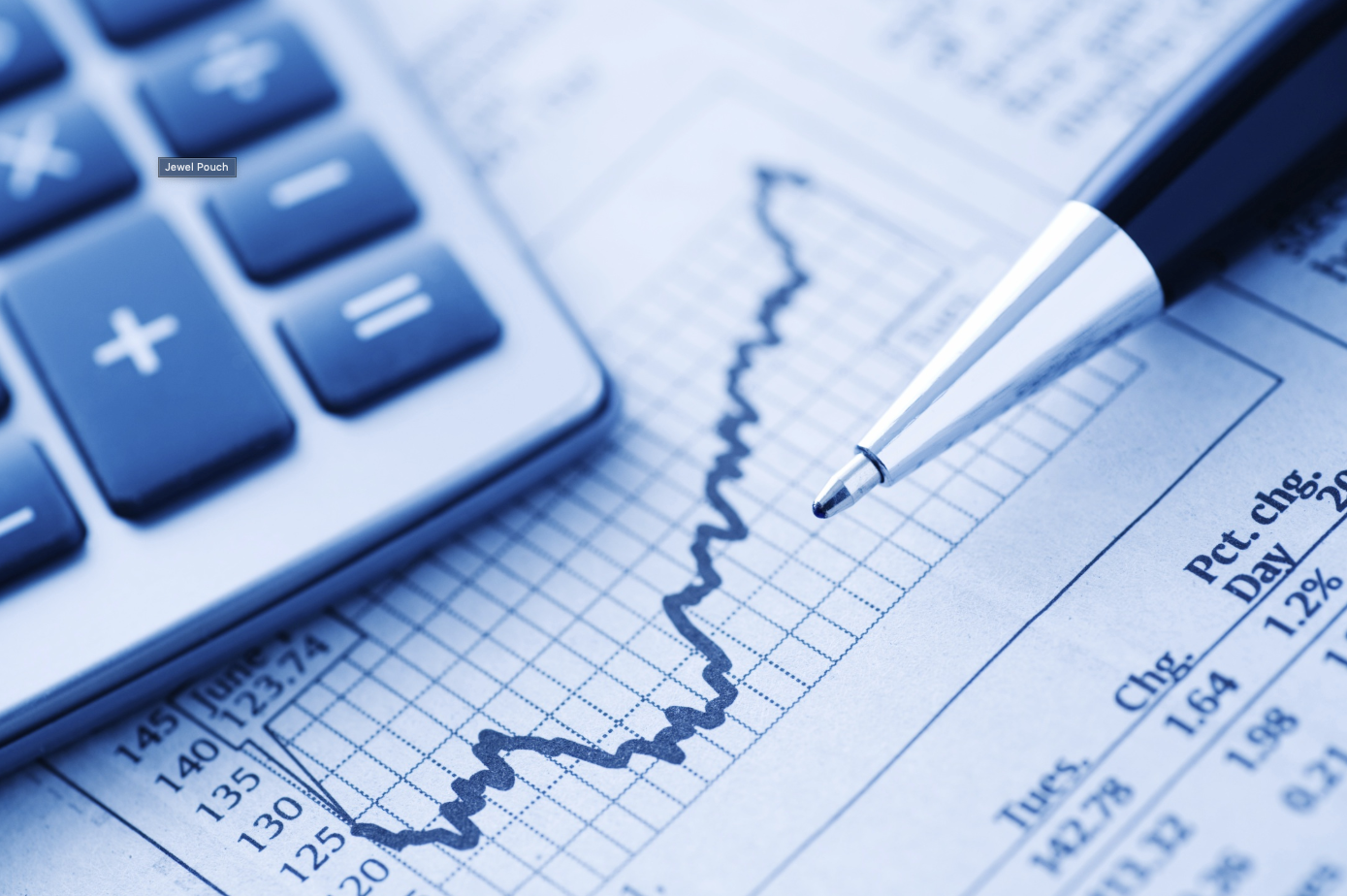Cebu Pacific works on long-term deal for sustainable aviation fuel

By Ashley Erika O. Jose, Reporter
NARITA, JAPAN — Cebu Pacific is working to establish a long-term supply agreement with green fuel suppliers as the budget carrier targets to operate more flights powered by sustainable aviation fuel (SAF).
“The first stage is really to try and integrate these into our operations. A lot of the delivery flights have been partly powered by SAF,” Alexander G. Lao, president and chief commercial officer of Cebu Pacific, told reporters in a press briefing here.
On Wednesday, Cebu Pacific will fly its Japan (Narita) to Manila flight powered by blended or around 40% SAF, marking its second commercial flight powered by green fuel after the launch of its Singapore to Manila flight late last year.
“Some of the commercial flights that we’re deploying are using SAF as well. The other thing is can we establish supply agreements with partners like Neste, Itochu as well as Shell,” Mr. Lao said.
Last week, Cebu Pacific said it had partnered with Neste, an oil refining and marketing company, to explore the availability of SAF supply in Asia Pacific.
In 2022, the company signed a memorandum of understanding with Shell Aviation for the supply of SAF between 2026 and 2031.
“In terms of the supply arrangements, [they] are, as of this time, more exploratory by nature. We are looking at sufficient production. We are looking at how both Shell and Neste will ramp up their aviation fuel production,” Mr. Lao said.
SAF can help reduce emissions from air transportation as it is made from nonpetroleum feedstock like agricultural waste and used vegetable oil. Although SAF is seen as a sustainable fuel, it is not a zero carbon but a lower carbon emissions fuel compared with conventional jet fuel.
SAF PRICE STILL AT PREMIUMAt this stage, SAF production remains low and the cost remains at a premium or about three times higher than the cost of traditional jet fuel.
Fuel accounts for 40-50% of Cebu Pacific’s total cost, Mr. Lao said, adding that integrating SAF into its operations will be quite “prohibitive.”
For this year, Cebu Pacific has allocated P42 billion for capital expenditure, the bulk of which is set aside for aircraft-related expenses, the company said in a previous statement.
“We’re hopeful that the cost of SAF would come down as more production facilities come online,” he said.
Cebu Pacific is expecting the cost of green fuel to eventually drop in the coming years as supply will be more available.
“Effectively, there are a couple of things that we need to look at. First, overall production of SAF will increase, which would drive down the cost of SAF,” he said.
WORKING WITH GOVERNMENT AGENCIESIn September, the Department of Energy (DoE) said it was planning to issue guidelines and regulations for the use of SAF to accelerate the decarbonization of commercial aviation in the country.
“[We are] working with many government authorities in particular in trying to increase the supply of raw materials for SAF, making that available,” Mr. Lao said, also citing subsidies or support from government agencies to encourage airlines to move toward SAF.
Meanwhile, the company is currently in talks with Philippine companies for the supply of raw materials for SAF.
“There is no refining capacity in the Philippines. So, we’ve started discussions with the DoE and [the Department of Transportation] with regards to the availability of SAF,” Mr. Lao said.
The International Air Transport Association has estimated that SAF will contribute 65% of carbon emissions reduction.
For this year, Cebu Pacific said that it is targeting to assess market acceptance and engage with stakeholders to develop future SAF supply ahead of its planned integration into regular commercial flights by 2030.




